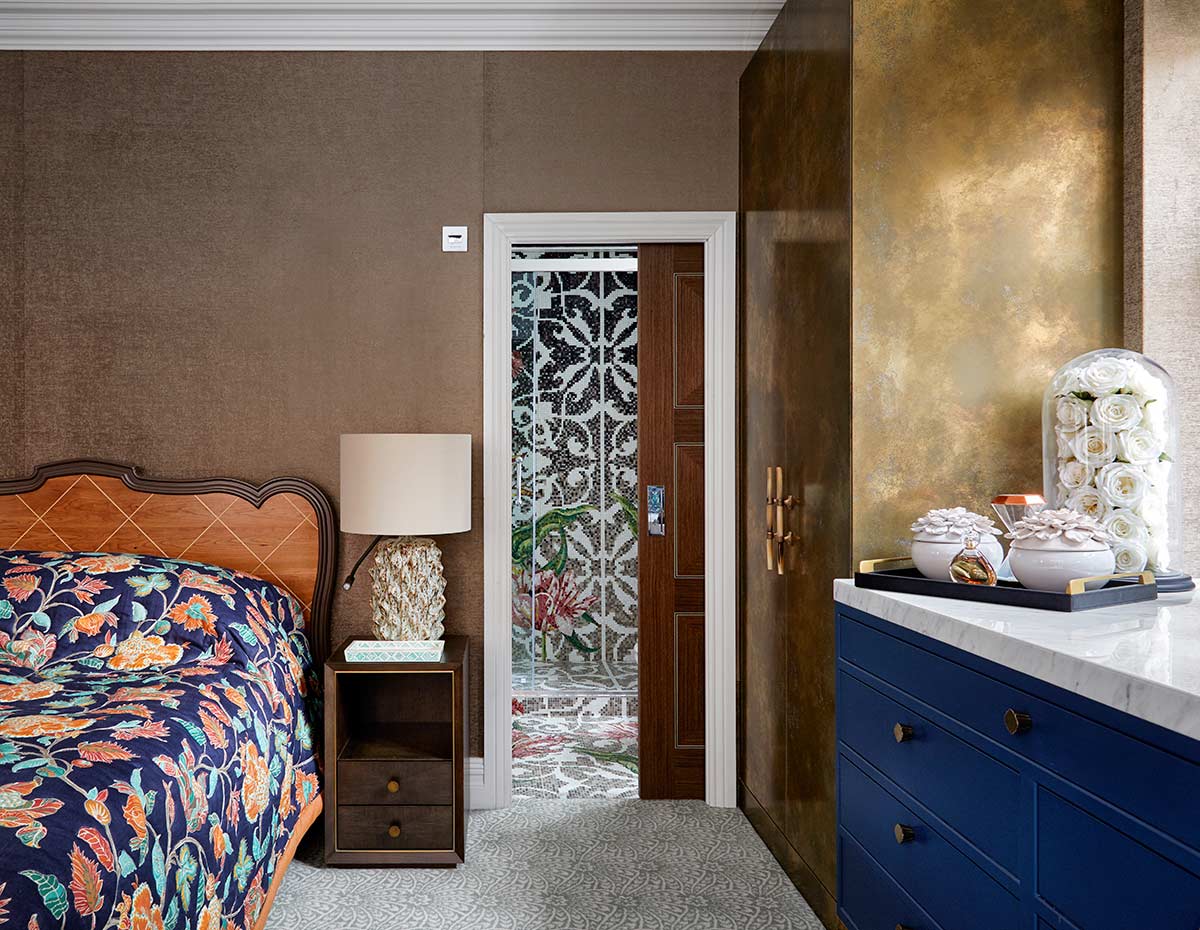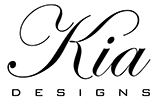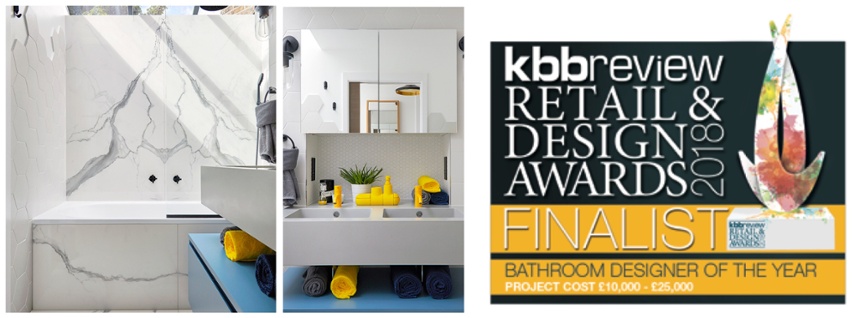
So you’ve found someone whose work you love and got in contact. Now comes the first meeting. It can be quite a daunting process, handing over your money before there is anything tangible to show for it. Make sure you find the right designer for you, someone you get on with and trust implicitly. Here are a few must-ask questions to help you understand how your designer operates and what you are getting in return:
1) How do you charge?
Different designers charge in different ways. Make sure you know exactly how you will be billed – will it be all up front? Is the space planning and sourcing invoiced separately? Do they charge hourly, daily for per room?
How many hours does it take to do a project like this? Can they show you a similar project of a similar size and style and give you an approximate price per sqm? See our pricing here.
2) How do they source items?
Lots of designers won’t give up their tricks to you, but you want to have a good idea if you are paying someone by the hour if they are sourcing items online, or billing you for time spent pottering around antique fairs.
3) What do their designs cover?
There is often a lot of confusion when building or renovating as to which items fall under what bill. Make sure your designer is clear as to which fitting and fixtures they include (if they say sockets, do they mean just faceplates, or the boxing as well?) You don’t want to be billed twice for items such as flooring, skirting or doors. Check out our full range of services
4) Does your designer pass on trade discounts?
Legally they don’t have to, but it’s always good to know whether your designer is actually finding the right product for you, or just making purchases from suppliers who offer them the biggest mark-up. See how passing on trade discounts makes your money and design go further.
5) How much of the design do you get to see beforehand?
The design of your home shouldn’t be a secret, so make sure you know what you’re purchasing before you hand over any cash. You should be able to spot items you dislike long before the purchasing phase, so we you never walking into a fully finished room that you hate. 3D visuals can be very helpful for this.
6) Does your designer provide you with an itemised bill?
We always give our clients a full line-by-line breakdown of every item going into their home and the price for each. You know exactly what you are getting, and can weed out anything you don’t consider good value, so that you are completely happy with the quality of all your purchases. If something is out of stock, or you decided against it, you get refunded.
7) How well do you know the builders and do you employ the contractors?
It’s always good to go with someone the designer has worked with before. Establishing new working relationships often takes time and there are inevitably teething problems. Ask your designer to clearly define their relationship with other contractors on site. Do they hire them, do they project manage? Which aspects of the design do they oversee and what will you need to co-ordinate? You can find out more about hiring contractors here.
8) What do you need from me?
A good designer will take their cue from you. Be suspicious of anyone who doesn’t ask lots of questions about your lifestyle (do you drink tea or coffee? Do you shower or bath more? How many of you are going to shower at the same time? Where do you throw your dirty pants?) You ideally want to go with someone who will require a few annotated images of each room. If they don’t want any direction, then don’t go for them. Chances are they just want free reign to indulge their own ideas. If they require hundreds of images from you then they aren’t very good at translating your requirements into a cohesive brief and transforming that into a home. See how we produce schemes from client inspiration.
9) What costs are not included or count as extras?
Many designers will charge extra for 3D imaging, or colour printing, or site visits. Make sure they highlight any costs that may arise during the project that you might not be expecting.
Got any more questions? Contact our team to discuss how we can transform your home today.


